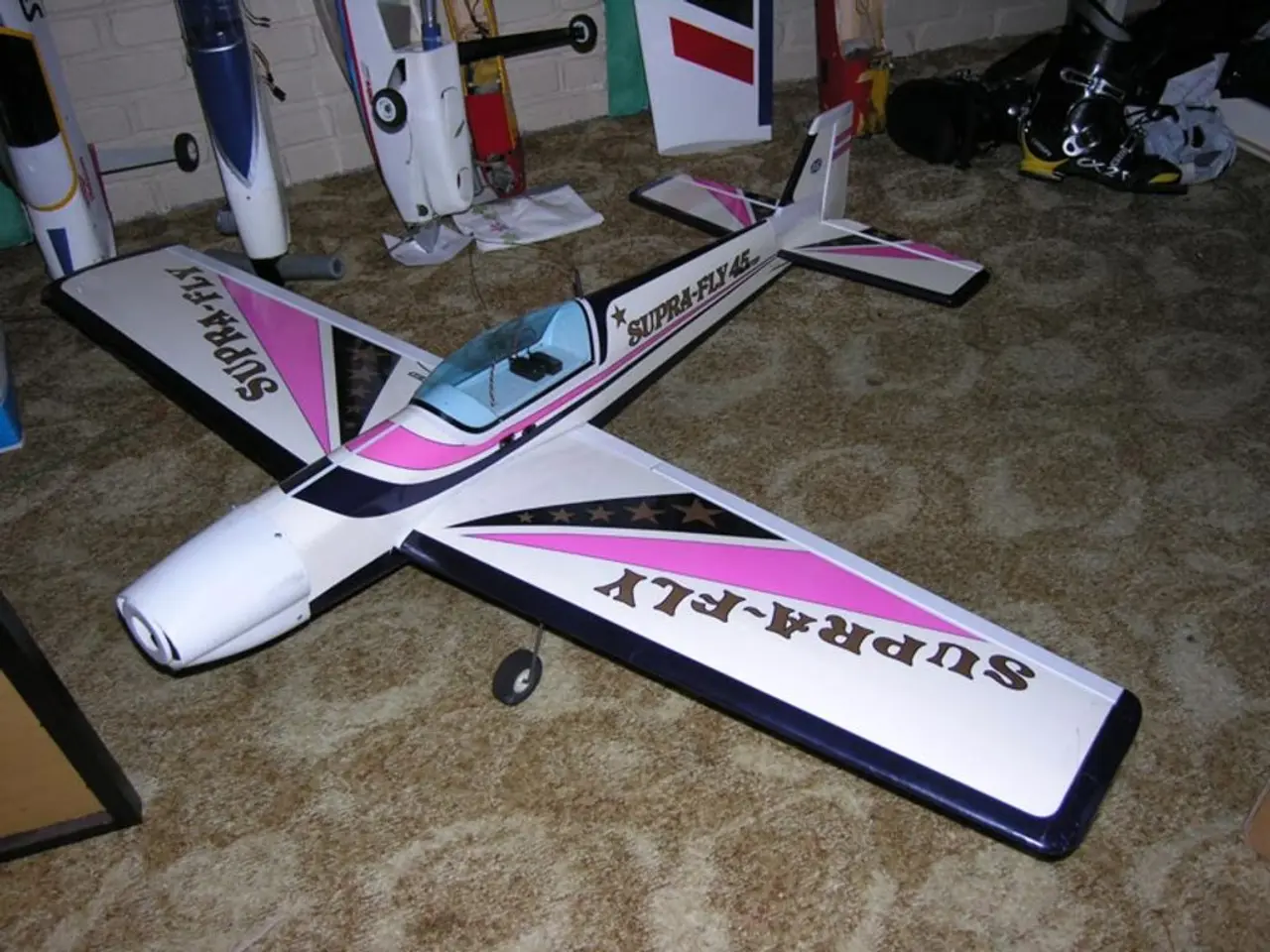Starship Test Flight Number 9 Announced by SpaceX Following Successive Failures
After several months of delays following a series of test flight mishaps, SpaceX's Starship program is gearing up for its ninth test flight. The Federal Aviation Administration (FAA) has given approval for the next test, scheduled for Tuesday, May 27, following a comprehensive safety review.
The upcoming flight, known as Flight 9, will mark a critical moment for SpaceX as the company attempts to get its Starship program back on track. The test will cover approximately 1,600 nautical miles, with the hazard area significantly larger than that of the last test flight, extending eastward from the Starbase, Texas, launch site through the Straits of Florida, including the Bahamas and Turks and Caicos.
The recent test flight failures have been a setback for SpaceX's ambitious plans to send humans to Mars. However, the company has been diligently working on addressing the issues that led to the disintegration of Starship during its test flights. SpaceX has made several specific design changes and upgrades to Starship Version 3 (V3), aiming to enhance flight stability and vehicle survivability.
One of the key upgrades is the integrated hot staging ring, which simplifies the structural integrity and separation process during staging. The improved hot staging sequence could increase payload capacity by up to 10 percent, thanks to upgrades to engine sequencing and clamp mechanisms for a more reliable stage separation.
Other improvements include changes to the placement and design of the header tanks, which are critical for maintaining fuel and oxidizer feed during flight. These changes aim at improving structural strength and fuel management to address previous flight stability and control issues. Additionally, the V3 iteration features a sleeker nose cone design that contributes to better aerodynamics and vehicle reusability.
SpaceX will also use the latest iteration of the Raptor engine, the Raptor 3s, in the upcoming test flight, which has additional reliability improvements to address the Flight 8 mishap. The company has identified and addressed the problems that led to the previous mishaps, including a hardware failure in one of the center engines and overheating of the engine's ignition device.
Despite the progress, the FAA's approval for the next test flight comes with conditions. One of the Super Heavy's engines failed to fire during the boostback burn in a previous test, and SpaceX has addressed this issue by adding more insulation. SpaceX has also conducted ground testing to better understand the failure and addressed it through several key fixes to Starship's engines.
The Starship is not only a key part of SpaceX's mission to send humans to Mars but also a critical component of NASA's Artemis Moon program. The ninth test flight will be closely watched as SpaceX continues its journey towards full reusability and operational reliability.
[1] https://www.space.com/spacex-starship-upgrades-version-3-explained.html [2] https://www.space.com/spacex-starship-v3-design-changes-explained.html [3] https://www.space.com/spacex-starship-explosion-cause-investigation.html
- The ninth test flight of SpaceX's Starship program, known as Flight 9, is set to make a significant impact, given SpaceX's ongoing efforts to rectify the issues that caused previous test flight failures and resume development of Starship for human missions to Mars.
- In preparing for Flight 9, SpaceX has introduced a series of upgrades in the latest Starship Version 3 (V3), focusing on enhancing flight stability, vehicle survivability, and payload capacity, with improvements such as the integrated hot staging ring and header tank redesigns.
- Key features of Starship V3 include the integrated hot staging ring, which simplifies the structural integrity and separation process during staging, and changes to header tanks for better structural strength and fuel management. The V3 iteration also sports a sleeker nose cone design contributing to better aerodynamics and vehicle reusability.
- To address the root causes of the failures in previous test flights, SpaceX has implemented improvements to the Raptor 3s engine used in the upcoming test, as well as conducting ground testing to better understand and rectify issues like engine overheating and hardware failures.



